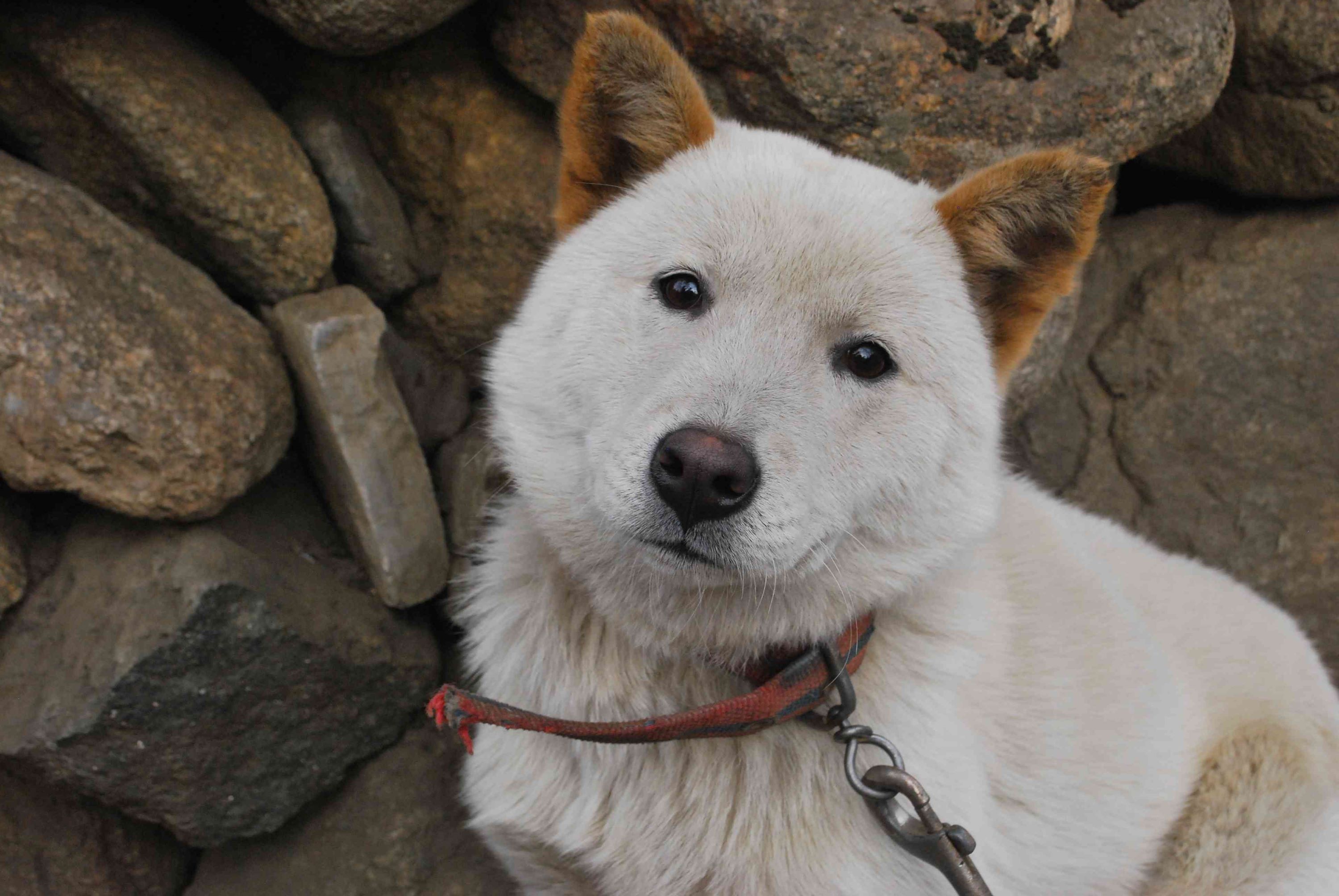Jindo: Loyal and Independent Guardian from Korea

History of the Jindo
The Jindo, or Korean Jindo Dog, hails from Jindo Island off the southwest coast of South Korea. This ancient and noble breed has been preserved for centuries, largely isolated on the island where it developed its unique temperament, loyalty, and hunting skills. Jindos were traditionally used for hunting wild boar, deer, and small game, working independently and often returning home without human direction.
Recognized as a national treasure in South Korea, the Jindo is protected by law and admired for its fierce loyalty, intelligence, and strong sense of territory. Though less common outside Korea, the breed has slowly gained international recognition and is acknowledged by the FCI and UKC, with limited recognition by the American Kennel Club (AKC FSS group).
Popularity of the Jindo
In Korea, the Jindo is a symbol of loyalty and pride. Stories of Jindos traveling hundreds of miles to reunite with their owners have made the breed a beloved part of Korean culture. Internationally, the breed has attracted dog lovers seeking a loyal and clean companion with an independent nature.
While still rare outside of Korea, Jindos have found dedicated followings in the United States, particularly in areas with large Korean communities. They’re most popular among experienced dog owners who appreciate their intelligence and natural dignity.
Physical Traits of the Jindo
Jindos are medium-sized spitz-type dogs with a clean, athletic frame and expressive, foxlike features. They are known for their sharp gaze, high carriage, and pristine grooming habits.
Coat: Double coat that’s dense and weather-resistant. Outer coat is harsh and straight, while the undercoat is soft and insulating.
Color:
Most commonly white, but also found in red/fawn, black and tan, gray, brindle (tiger), and solid black.
Size:
• Height: 18–22 inches (46–56 cm)
• Weight: 30–50 lbs (13–23 kg)
Head & Expression: Triangular head with upright ears, almond-shaped dark eyes, and a keen, focused expression.
Ears: Small, erect, and set forward—highly expressive.
Tail: Curled or sickle-shaped, carried over the back.
Body: Well-balanced and muscular with a straight back and deep chest.
Behavioral Traits of the Jindo
Jindos are famously loyal, clean, and intelligent—but they’re also independent and strong-willed. They thrive with confident, experienced owners who understand canine behavior and provide firm yet respectful leadership.
Loyal to a Fault: Deeply bonded to their chosen person or family—may be aloof or reserved with others.
Clean and Quiet: Naturally housebroken, odor-free, and generally quiet indoors.
Independent Thinkers: Tend to make their own decisions—strong prey drive and instincts.
Territorial and Protective: Excellent watchdogs without being unnecessarily aggressive or noisy.
Moderately Sociable: May be selective with other animals—best when socialized from a young age.

Why Choose a Jindo?
Jindos are ideal for confident dog owners seeking a smart, clean, and loyal dog with an elegant presence and strong personality.
Devoted Guardian: Strongly bonded to family and protective of the home.
Low Maintenance: Minimal doggy odor, rarely destructive indoors, and naturally fastidious.
Great for Active Owners: Agile, fast, and athletic—loves purposeful activity like hiking or exploring.
Smart and Discerning: Highly intelligent but not overly eager to please—respects capable handlers.
Minimal Barking: Typically only vocal when alerting to real threats or intrusions.
Caring for Your Jindo
Though relatively low-maintenance in terms of grooming and health, Jindos need structure, socialization, and exercise to be well-adjusted companions.
Training:
• Intelligent but independent—may not respond to traditional obedience training.
• Build trust with consistent, calm leadership.
• Positive reinforcement works best—avoid harsh corrections.
Exercise:
• Daily walks and active play are a must.
• Needs both mental and physical stimulation.
• Enjoys outdoor activities and exploring fenced areas.
Grooming:
• Sheds seasonally—blowout periods twice a year.
• Weekly brushing most of the year; more often during shedding.
• Very clean—rarely needs baths.
Nutrition:
• Standard, high-quality diet suitable for medium breeds.
• Monitor weight and activity levels to adjust portions.
Companionship:
• Needs to be part of a family unit—forms close bonds.
• May not tolerate long hours of isolation well.
• Better suited to homes without multiple small pets due to prey drive.

Health Considerations
The Jindo is a robust and healthy breed, with an average lifespan of 12–15 years. Thanks to its natural development, it has few inherited disorders. However, responsible breeders still screen for the following:
• Hypothyroidism
• Allergies or sensitive skin
• Hip dysplasia (though rare in this breed)
• Autoimmune disorders (very uncommon)
Routine checkups and proper care contribute to a long, healthy life.
Comparisons to Similar Breeds
Compared to the Shiba Inu, the Jindo is larger, more serious, and less mischievous. It’s cleaner and more independent than the Akita, and more territorial than a typical spitz breed like the Samoyed or Keeshond. While not as social as a Labrador, the Jindo offers intense loyalty and refined, quiet companionship.
Is the Jindo Right for You?
If you're a calm, confident owner with respect for a dog’s autonomy and intelligence, the Jindo could be an extraordinary companion. Best for households where leadership is clear and space is available for exercise.
Not ideal for first-time dog owners or homes with small pets.
Ready to Welcome a Jindo?
United Pet Club can help guide you through the unique traits of the Jindo—from training strategies to grooming routines. If you're ready for a clean, loyal, and noble dog with deep roots and sharp instincts, the Jindo might be the perfect breed for you.
